A photojournal trekking through the Langtang Valley in March of 2021. There were practically no travelers due to the COVID-19 pandemic so it was a unique chance to explore without the heavy traffic common during 1 of the 2 main tourist seasons. The locals have been hit hard economically, but they are managing and even completing renovations to gear up for the Fall tourist season.
Day 1: Syafrubesi to Bamboo

No escape. 6 hours from Kathmandu to Syafrubesi by jeep. Chris and I were 2 of 4 people crammed in this back seat – literally on top of each other.
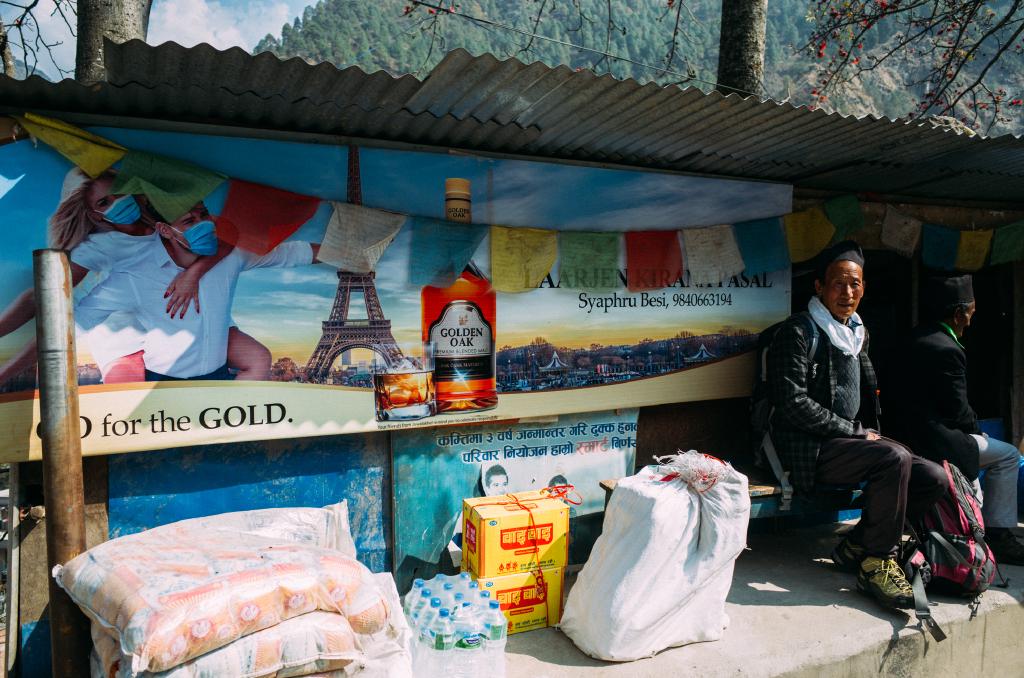
Waiting for Shankar to register our permits.
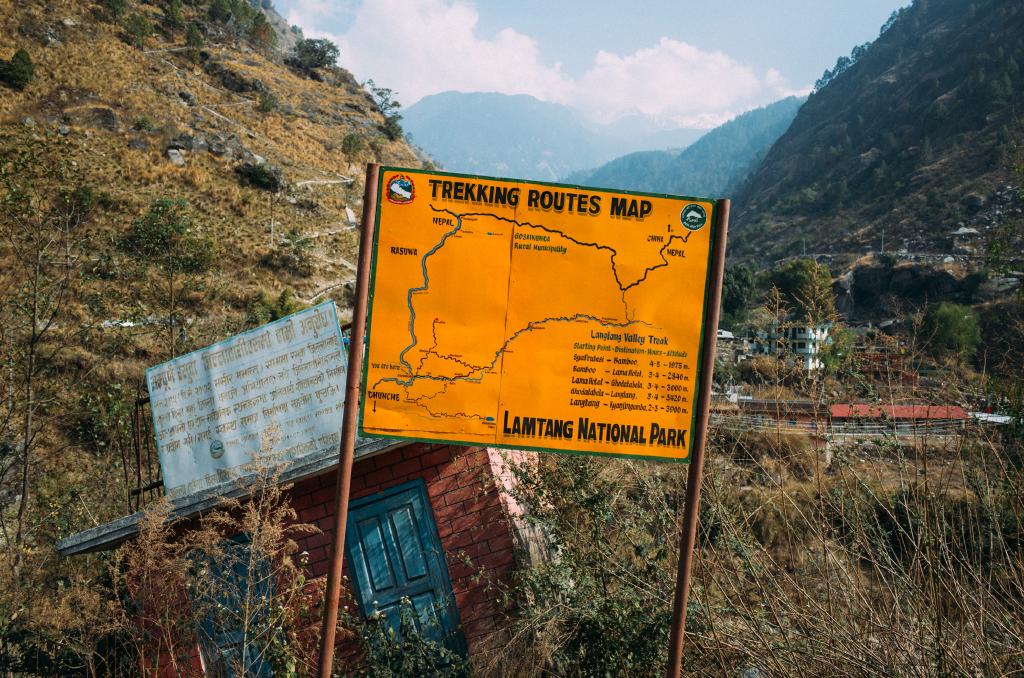
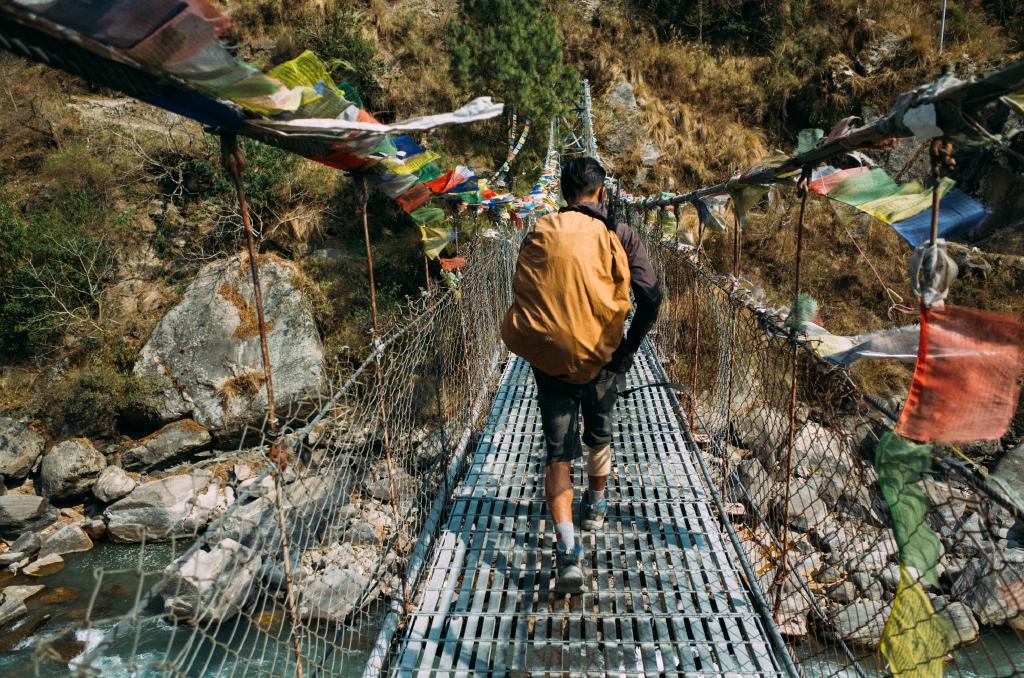
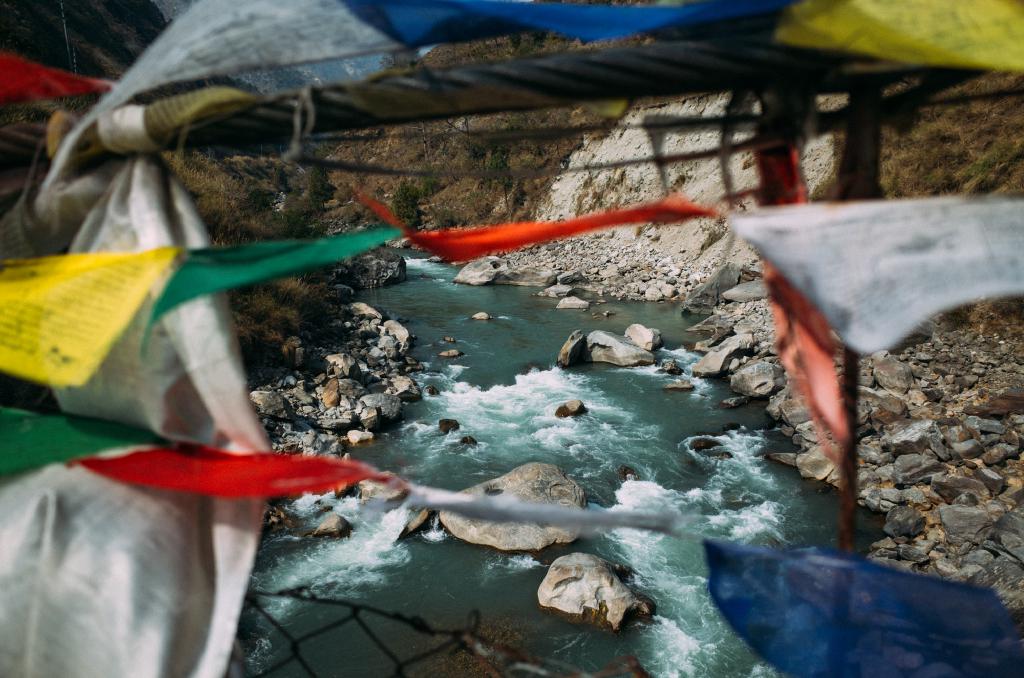
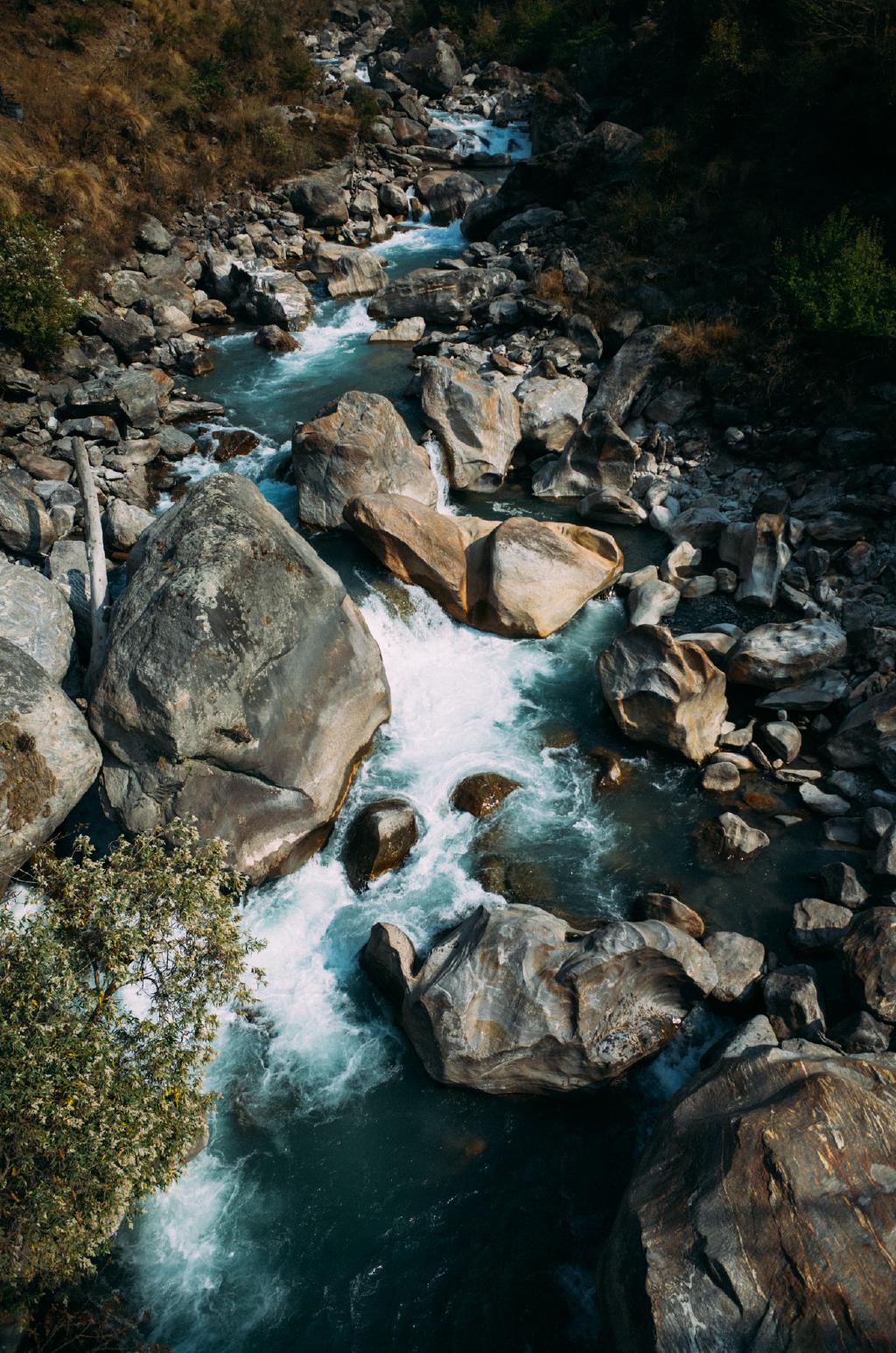

Getting out of Syafrubesi.

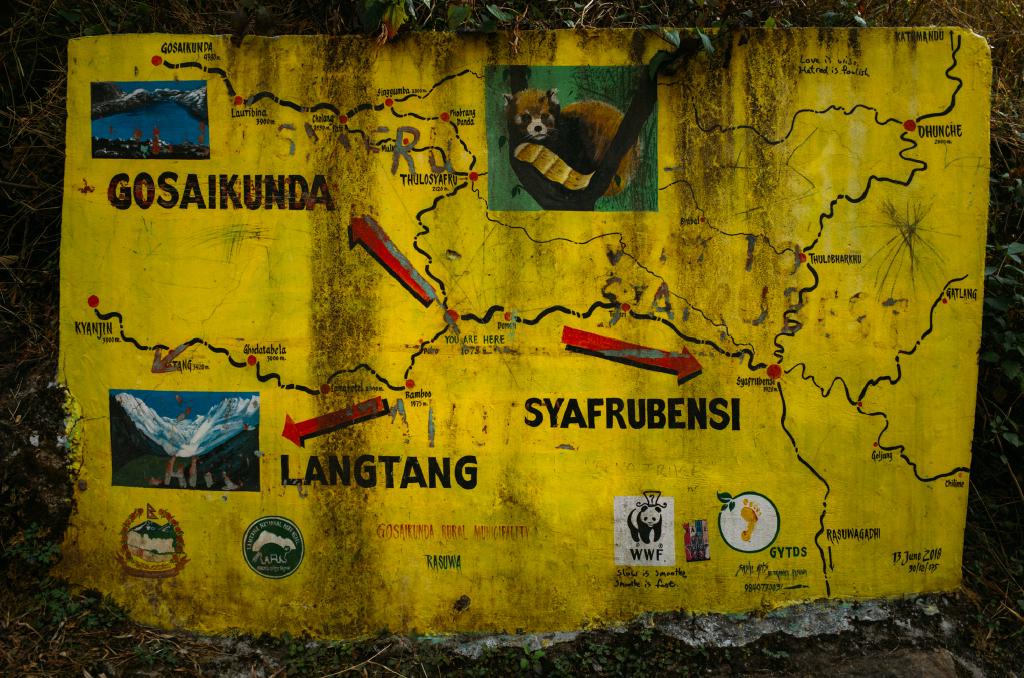


Bamboo – our final destination for Day 1.
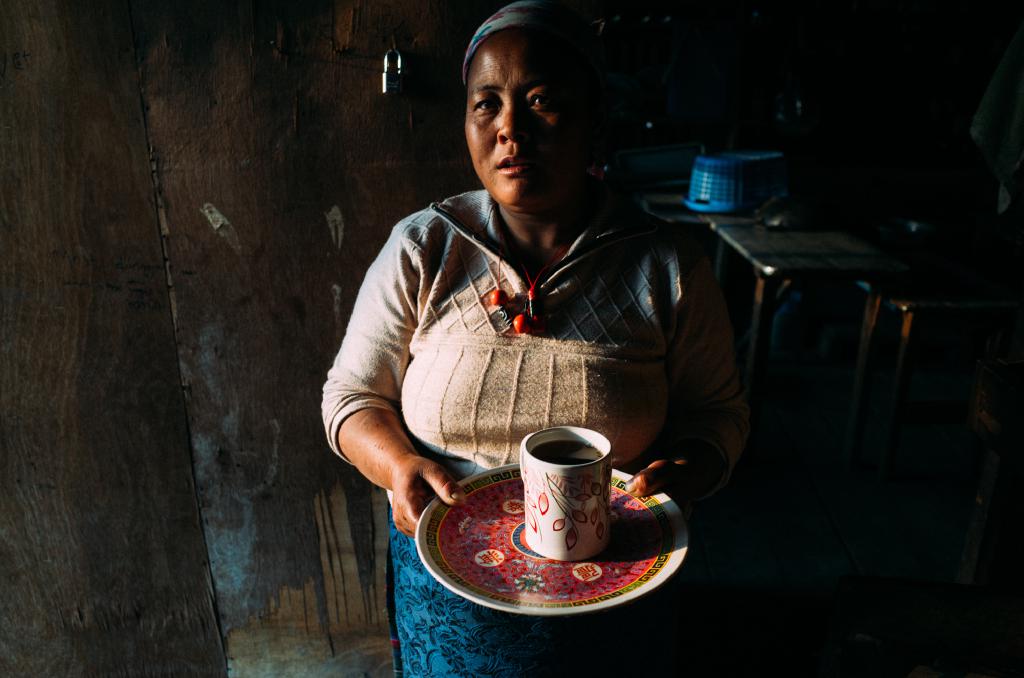
Our lovely teahouse host for the night.
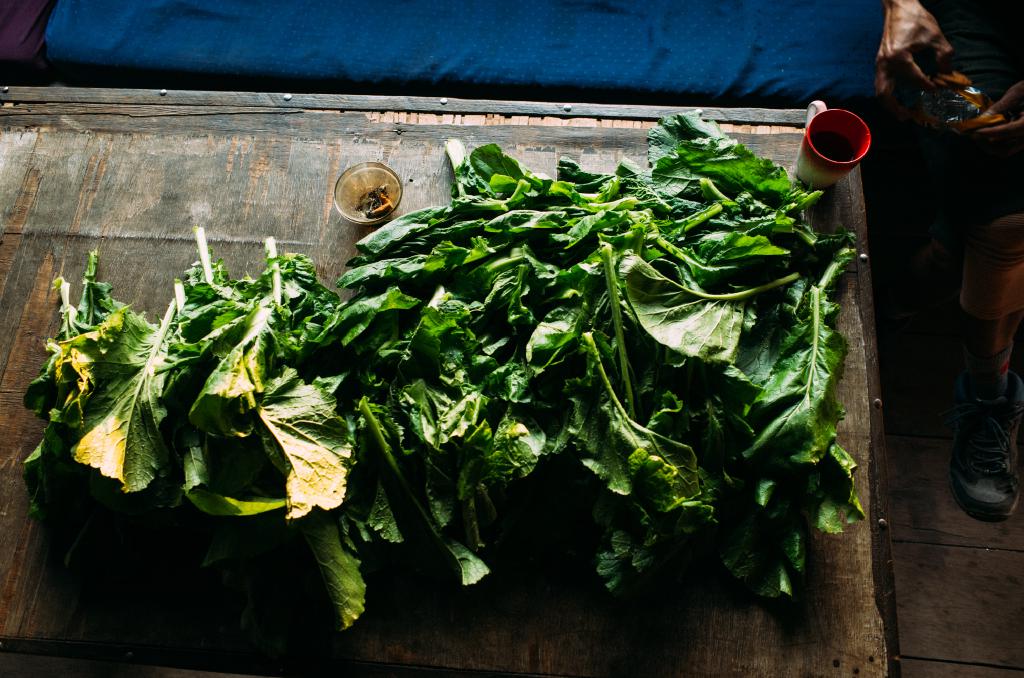
Beautiful mustard greens freshly gathered from the onsite garden – part of the delicious tharkari served with dal bhat.
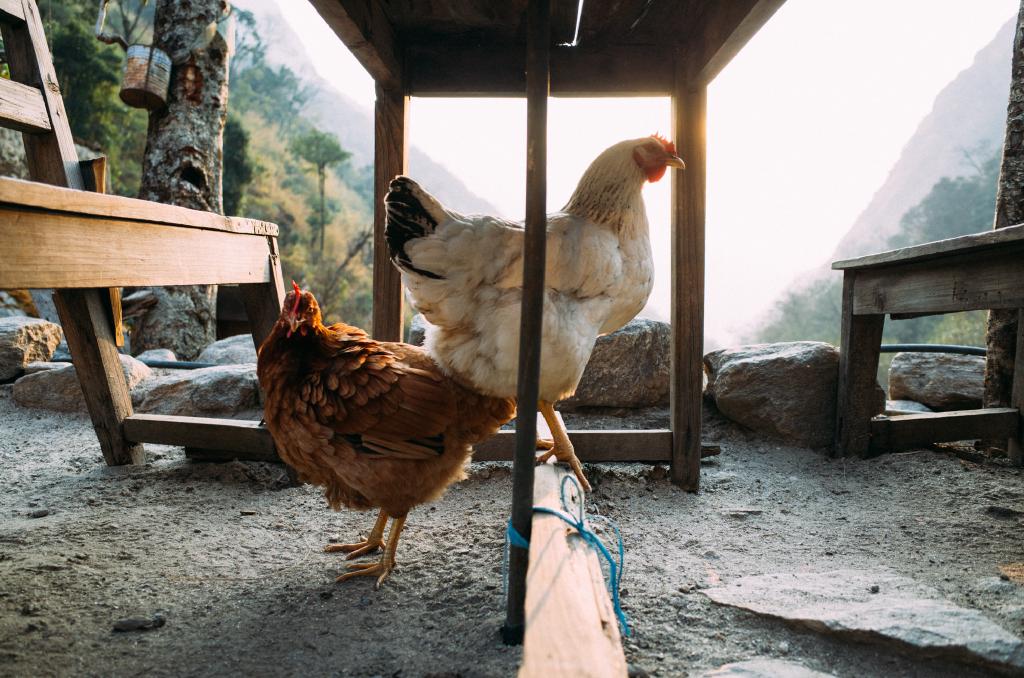

Shankar explaining to Chris that he will have to take a cold bucket shower.
Day 2: Bamboo to Langtang
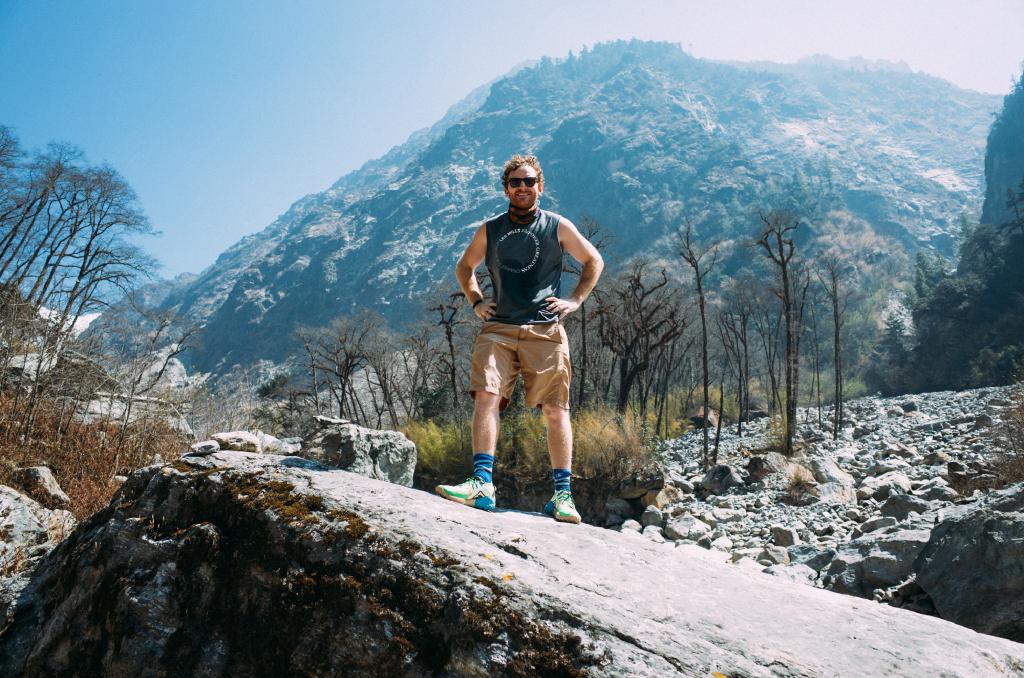
Enjoying the riverside view. The trail follows the Trisuli River from beginning to end.
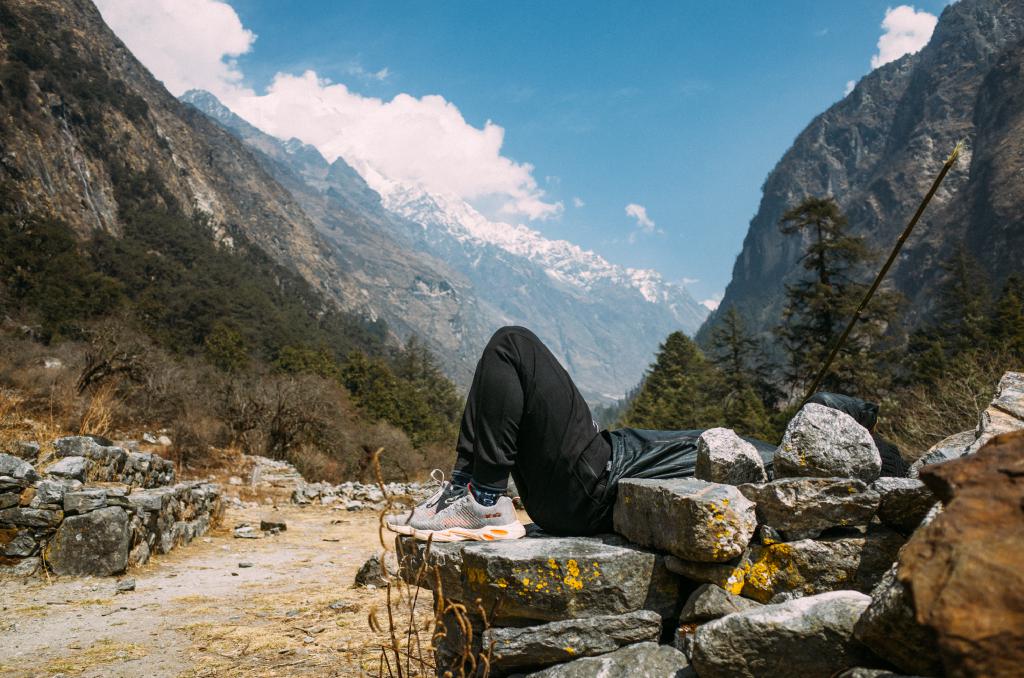
A weary resting traveler hit by altitude sickness. His friends patiently await his return in Godatabela.
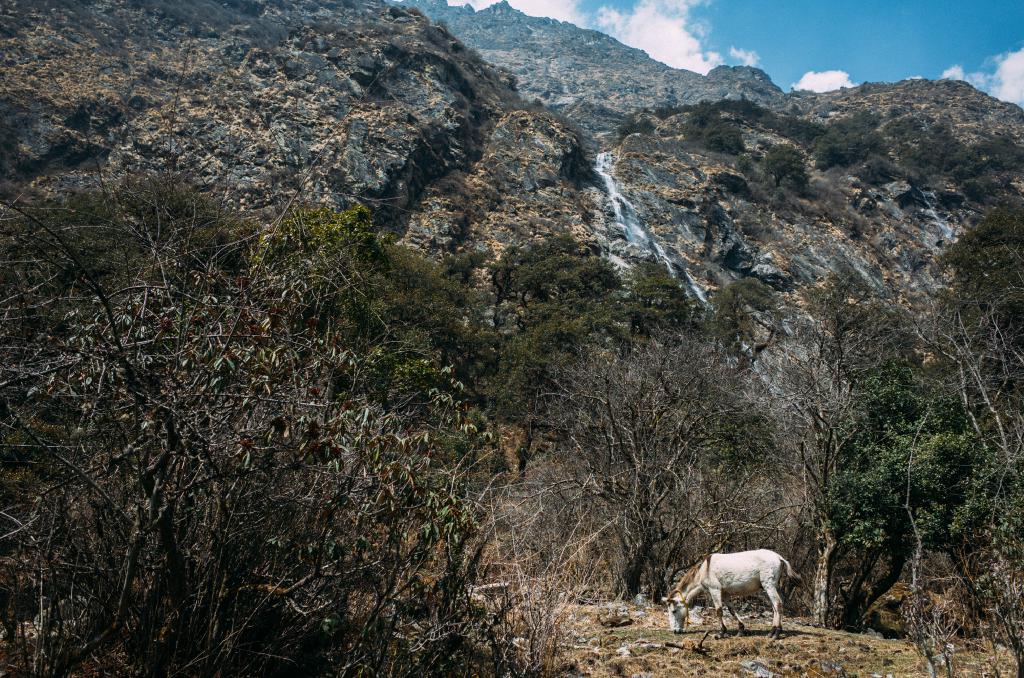
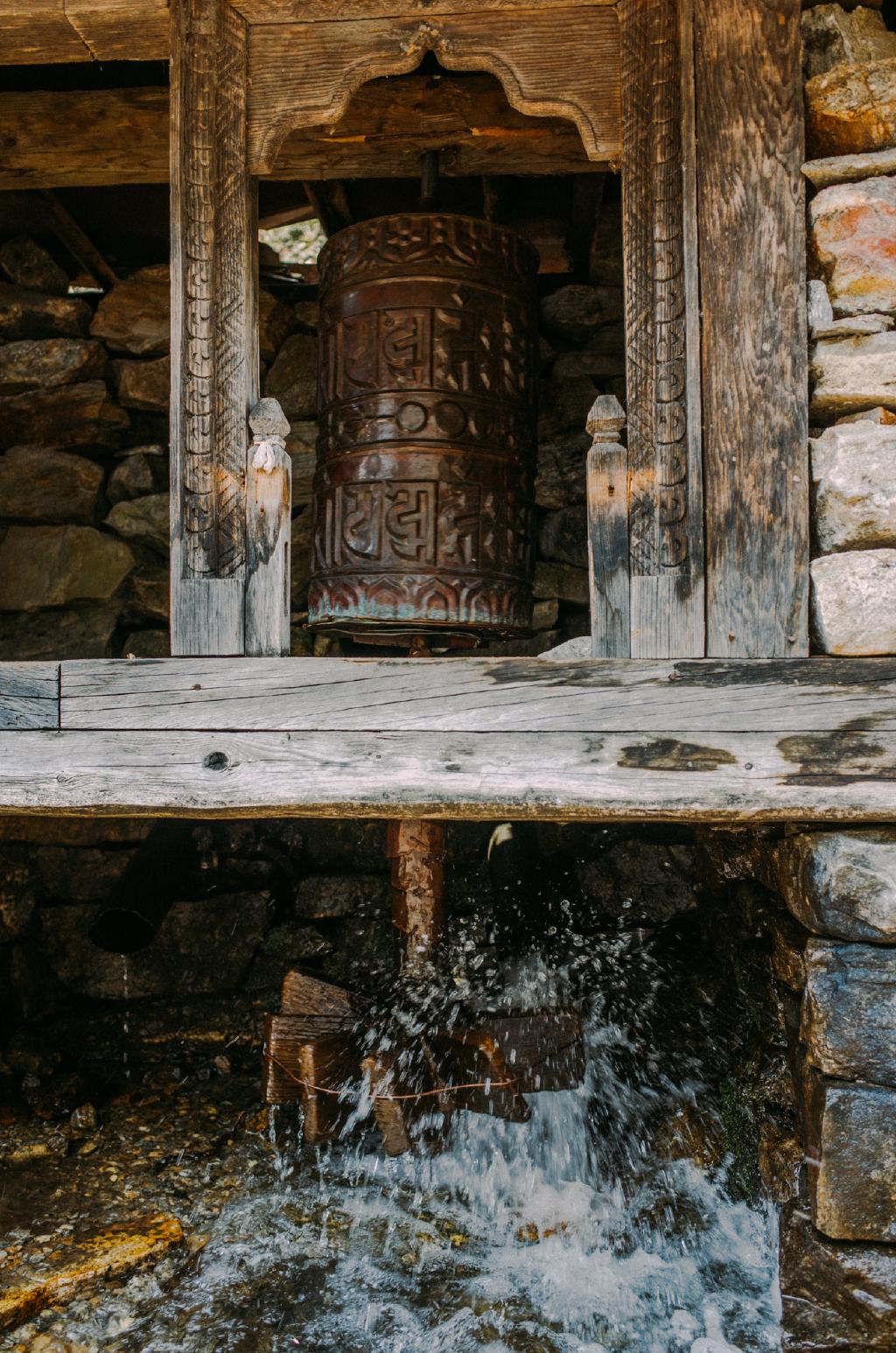
Perpetual motion prayer wheel.


Break time just before reaching Langtang.
Day 3: Langtang to Kyanjin
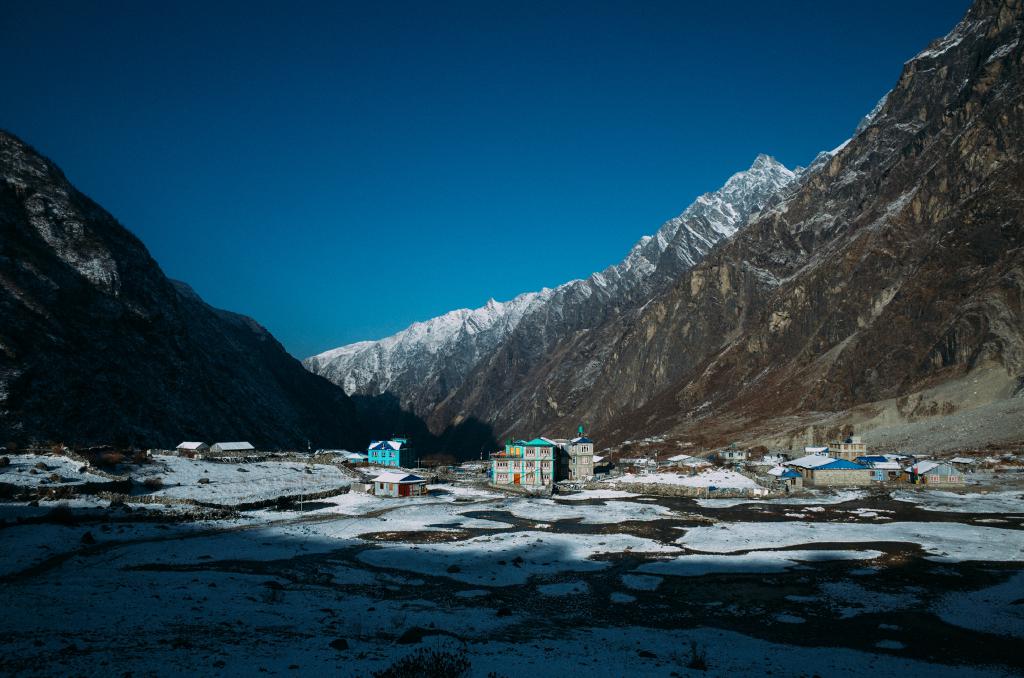
Crisp morning view looking back on Langtang.
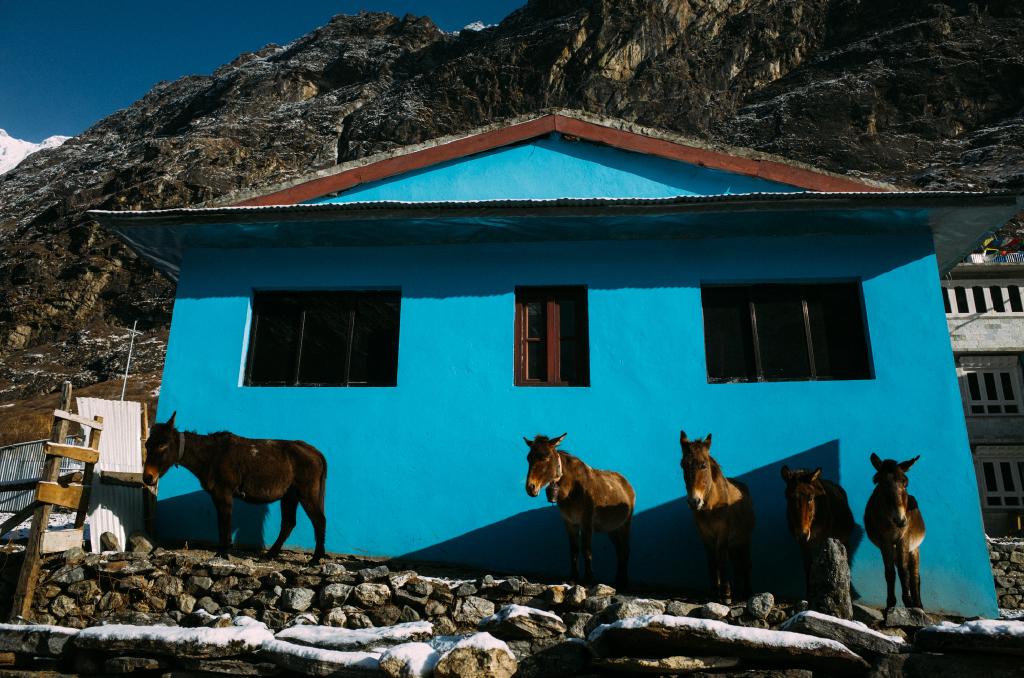
Enjoying the morning light with us.

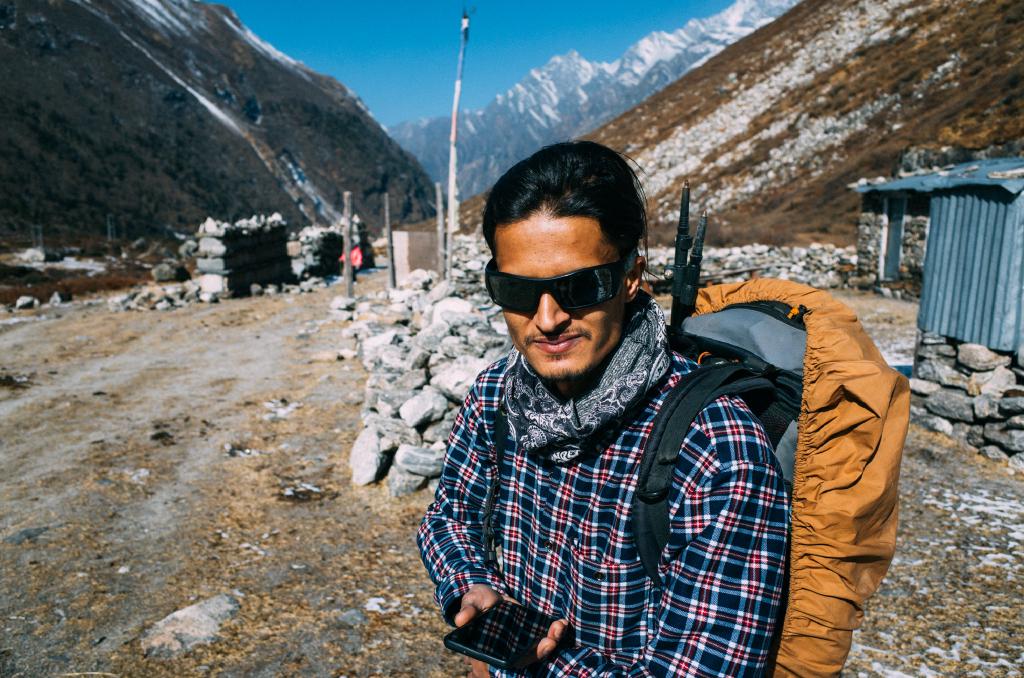
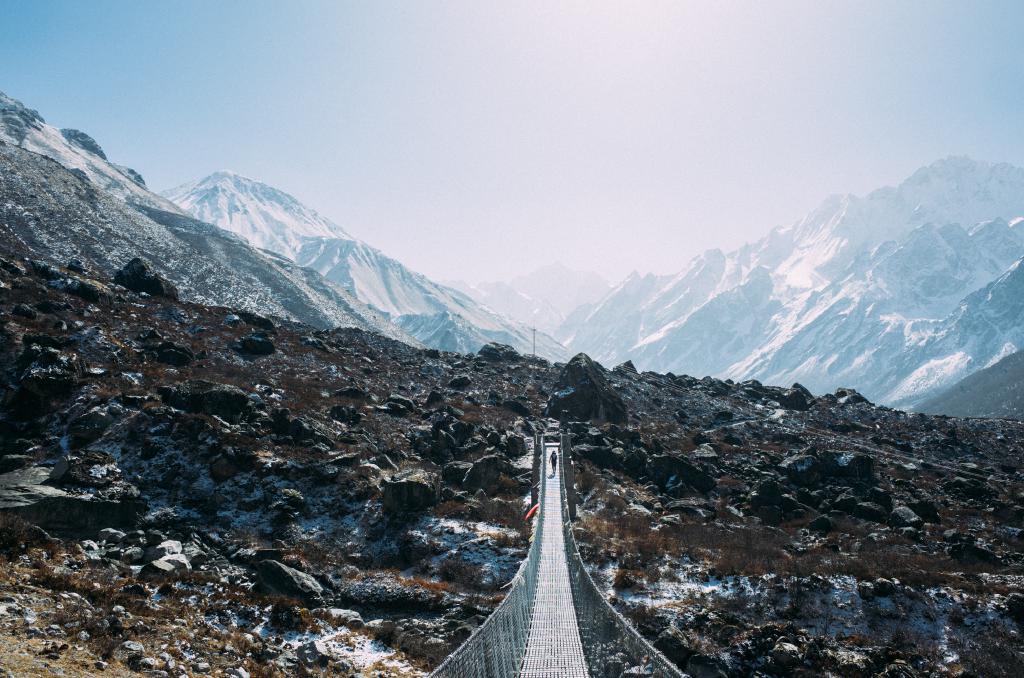
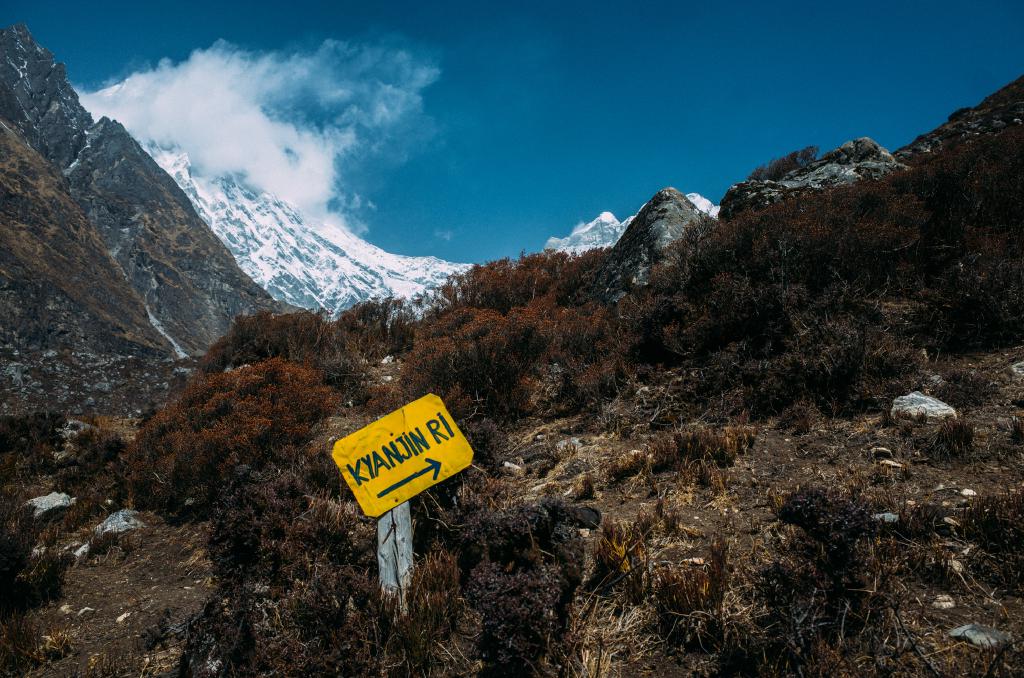
After lightening our bags, we hit the nearby ridge for Kyanjin Ri for its famous panoramic views.
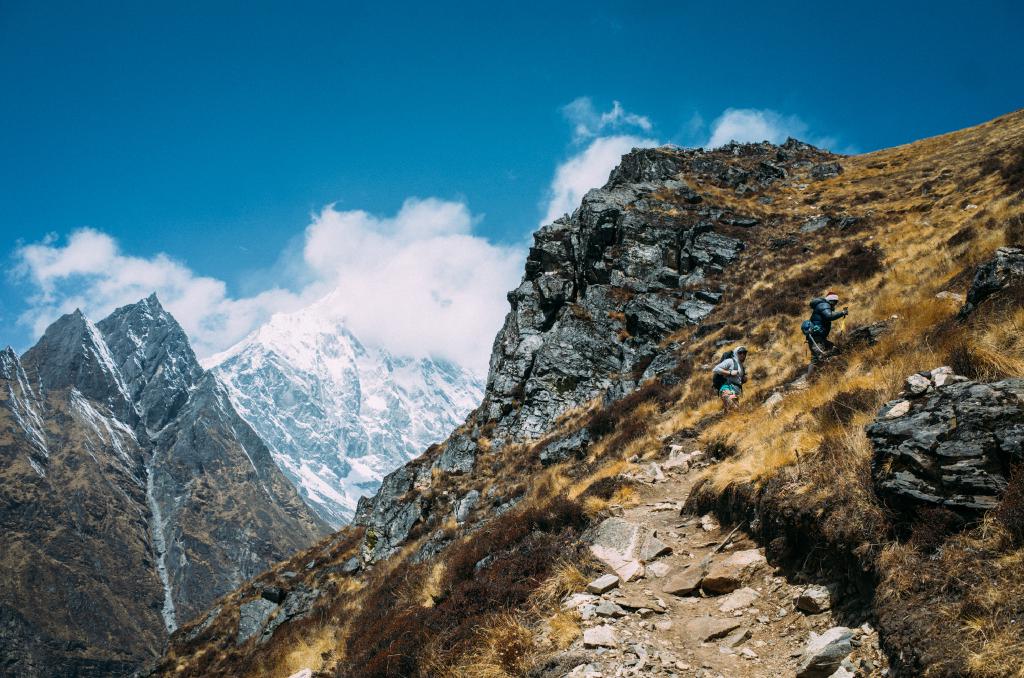
Snowy Langtang Lirung, the highest peak in the Langtang Valley at 23,710 ft, hides behind clouds in the background.
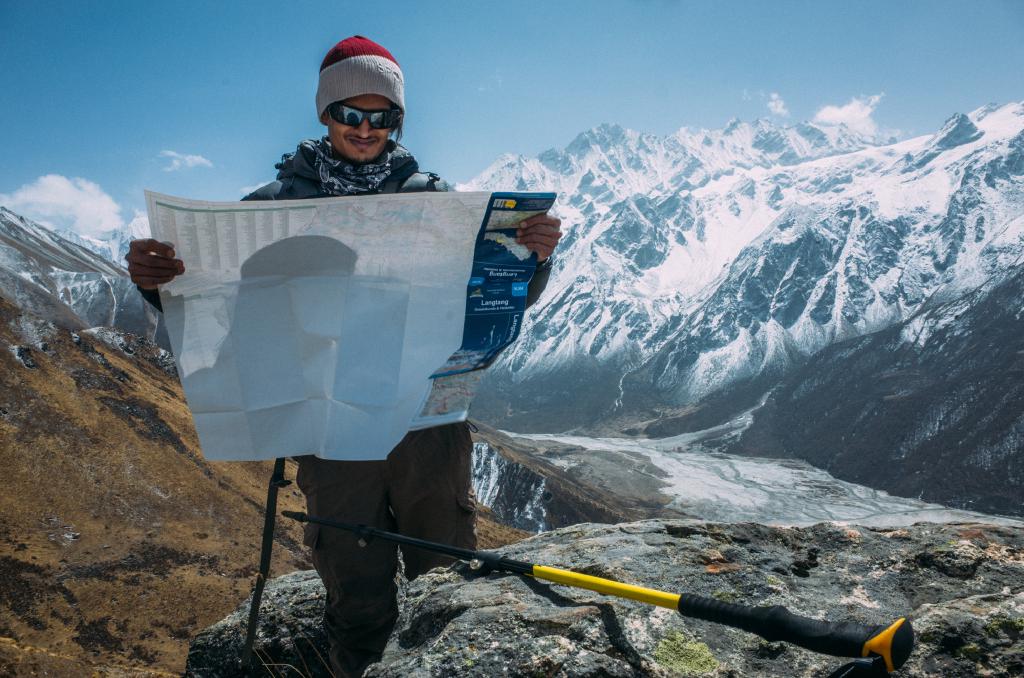
Hanging out at Lower Kyanjin Ri (also known as “Viewpoint 1”), Shankar preps for the rest of our journey.
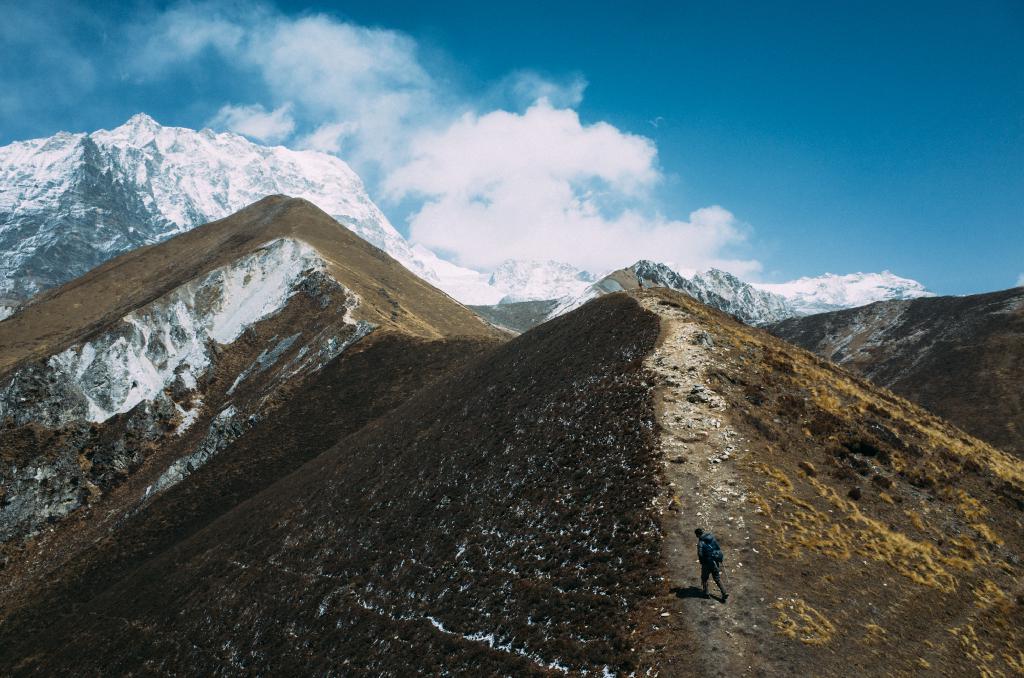
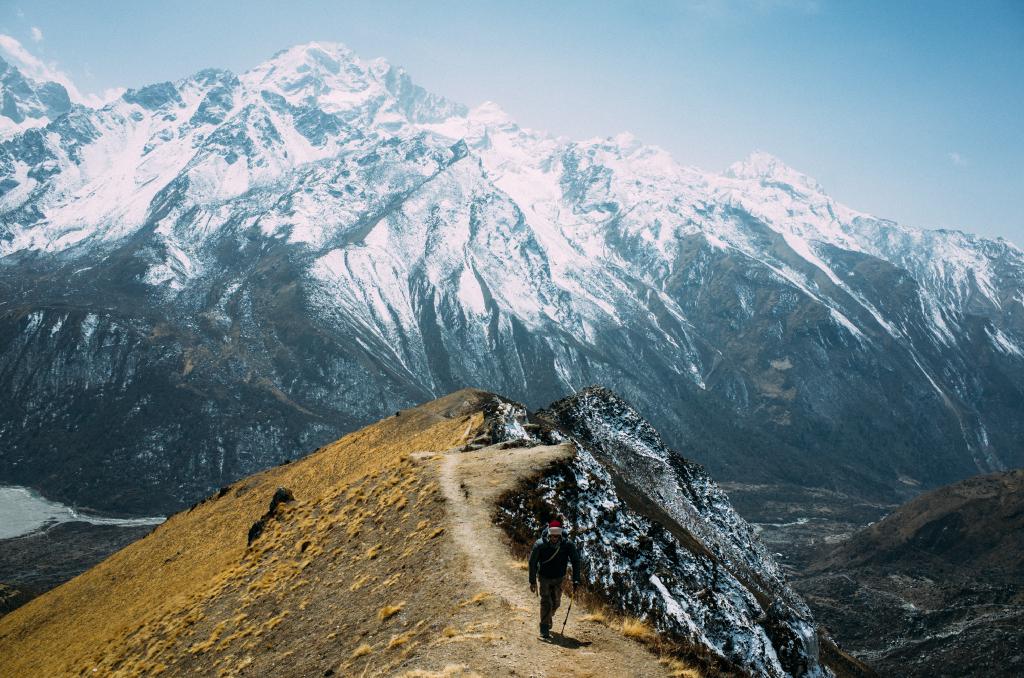
Continuing up the ridge to Kyanjin Ri.

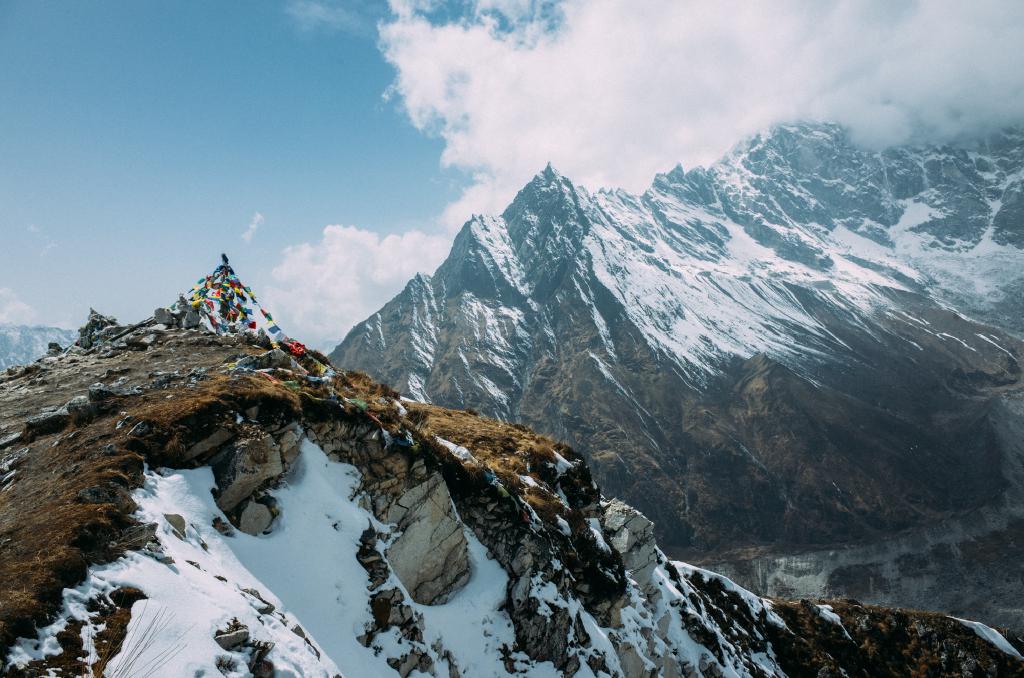
The peak of Kyanjin Ri on the left as we descend.

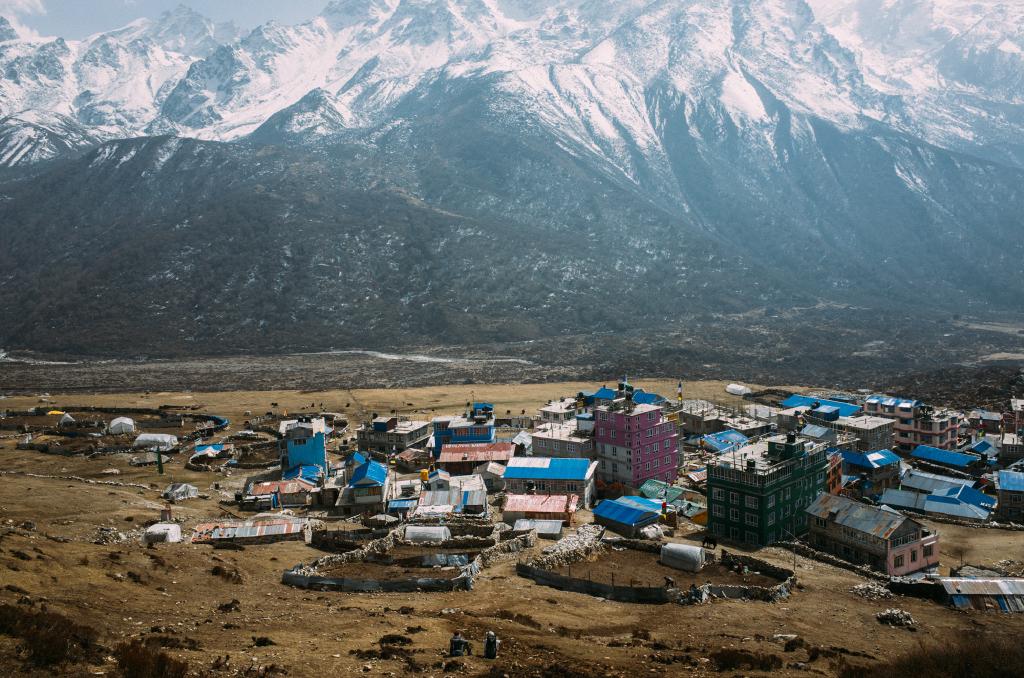
Hanging out at the perimeter of Kyanjin discussing future treks and deciding what to do for the rest of the day.

Buying cheese at the Kyanjin Cheese Factory after sampling the unique taste of both aged and new yak cheeses. Read The story of Langtang cheese about the history of this awesome facility.
Day 4: Kyanjin to Syafrubesi via Sherpagaun
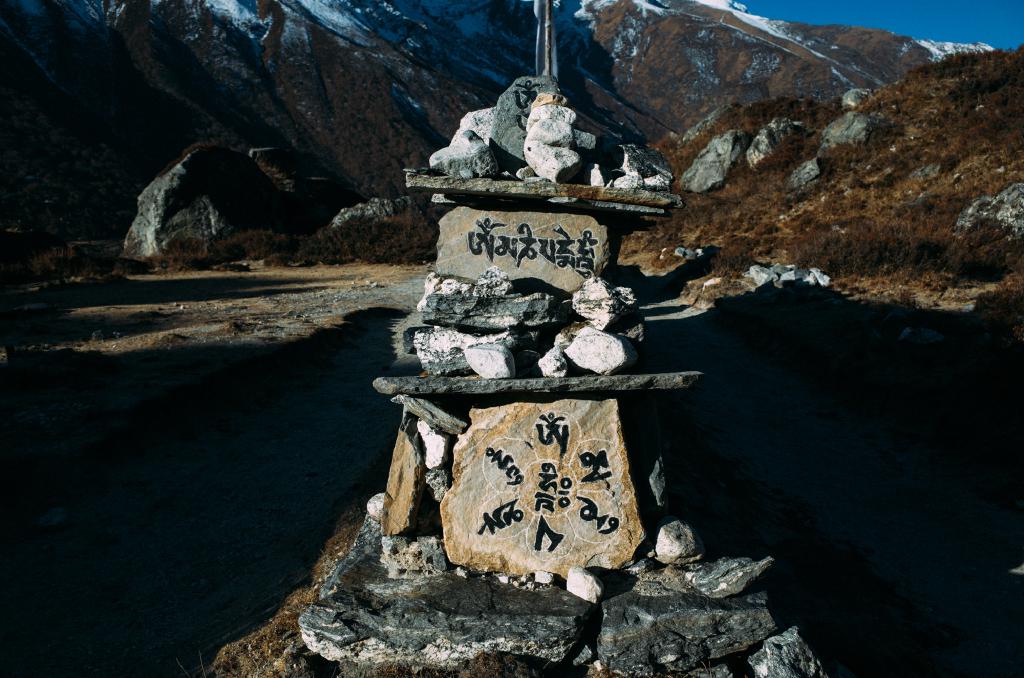
“Mani” is the shortened form of the mantra: Auṃ maṇi padme hūṃ. The “mani-wall” is a collection of stones or one large rock face inscribed with the mantra. Source: Bista, Dor Bahadur. People of Nepal. Kathmandu: Ratna Pustak Bhandar, 2019.

“Thus the six syllables, auṃ maṇi padme hūṃ, mean that in dependence on the practice of a path which is an indivisible union of method and wisdom, you can transform your impure body, speech, and mind into the pure exalted body, speech, and mind of a Buddha[…]” —H.H. Tenzin Gyatso, 14th Dalai Lama. Source.

Sea Buckthorne shrub beginning to turn color and bud. A unique and flavorful juice is made from its berries in this region.
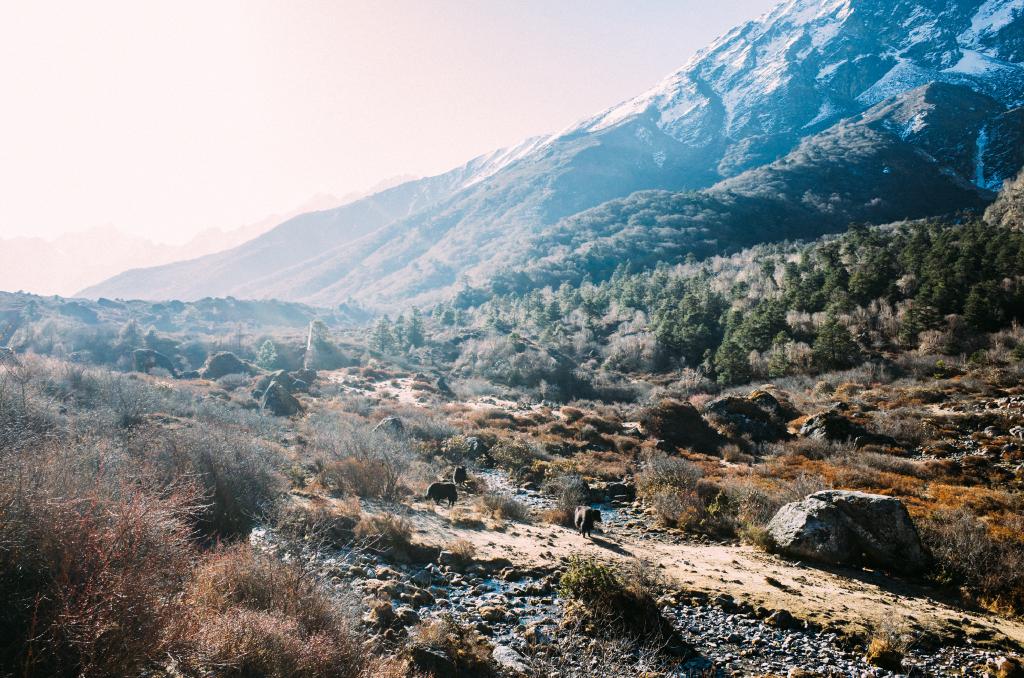
Yaks grazing in the distance in the chilly morning.
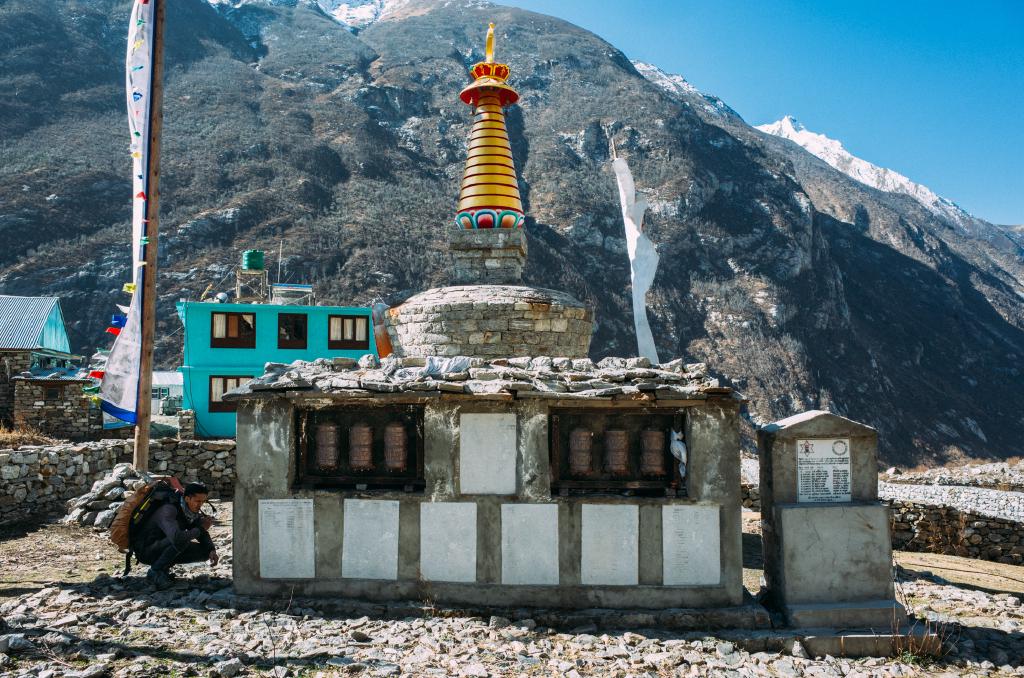
Visiting the Langtang memorial for the hundreds who died in the 2015 avalanche caused by the infamous earthquake.
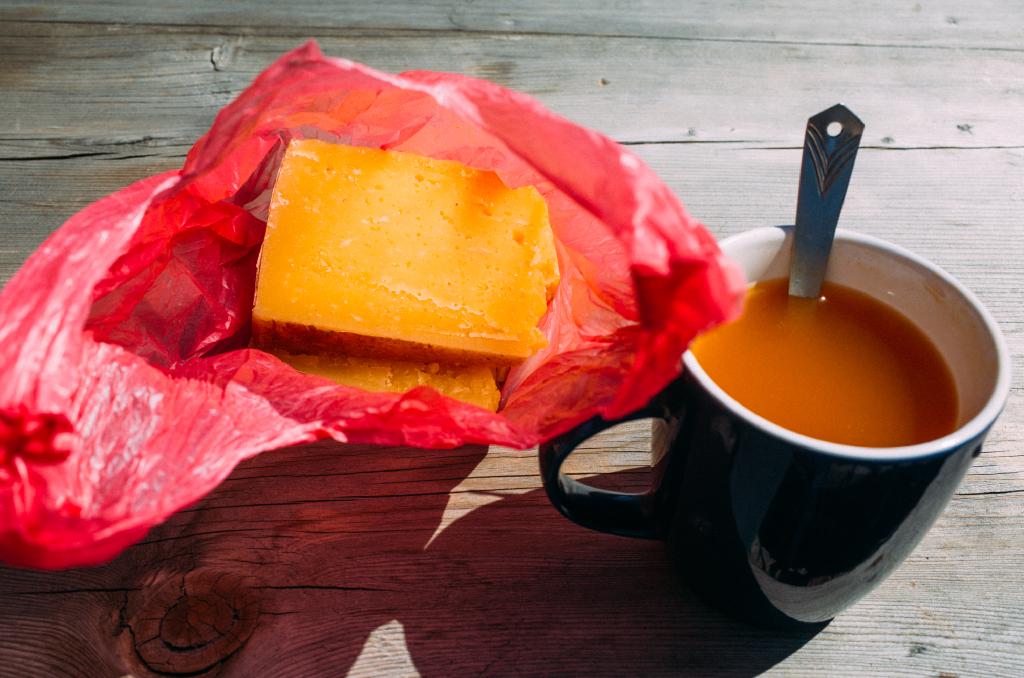
Snacking on yak cheese while enjoying my first warm cup of Sea Buckthorn juice. Shortly we will end our descent and begin our ascent to Sherpagaun to check out different scenery on our return to Syafrubesi.
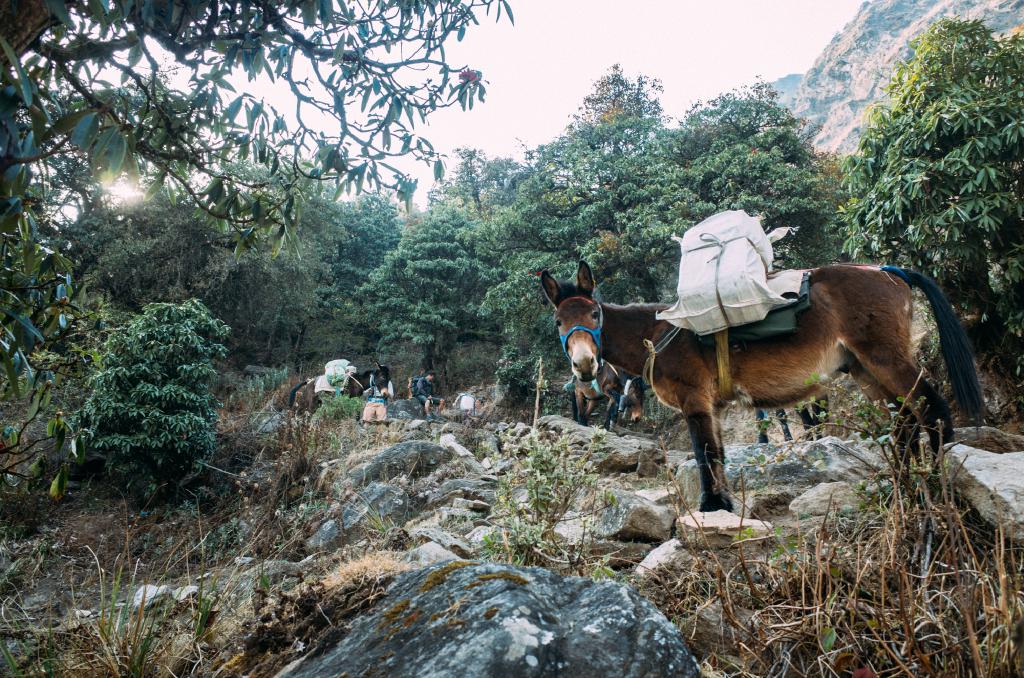
One of several rushes of “honkeys”. Best to get to high ground when you hear the bells getting louder.

Passing through Sherpagaun. We originally planned to stay the night here, but decided to head back down for a more efficient return to Kathmandu early in the morning to beat traffic and avoid having to take the local bus.

Peaking out the entryway of the Malla Hotel in Syafubesi waiting for a jeep to take us back to Kathmandu.